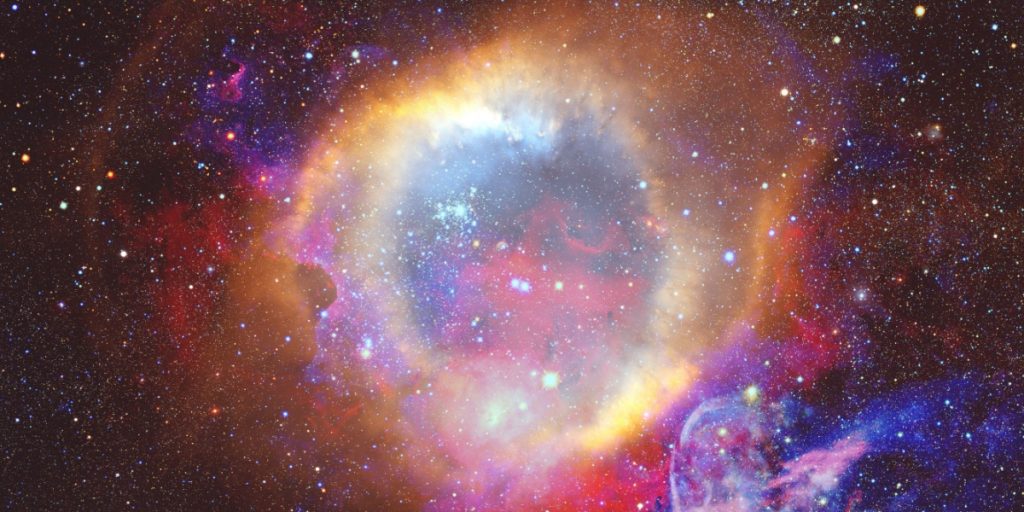An extraordinary cosmic event unfolding 3,000 light-years away may soon grace our night sky, presenting a rare spectacle potentially visible to the naked eye.
Others are reading now
Approximately 3,000 light-years from Earth, an unusual cosmic duo, anticipated to become visible without the need for telescopes, resides. Such occurrences are exceedingly rare.
The last visibility of these celestial bodies dates back to 1946, with the next opportunity not arising for another 80 years. This means the forthcoming event will likely be a once-in-a-lifetime experience for most.
This cosmic pair consists of a red giant, a star that has exhausted its fuel, and a white dwarf, the dense core remnant of a deceased star. Despite their diminished states, these massive companions are closely bound in an explosive dance by gravity in a binary star system known as T Coronae Borealis.
Theft from the Giant
Compared to the red giant, the white dwarf may seem diminutive. However, it’s incredibly dense, allowing its gravitational pull to gradually siphon material from the red giant. This process is initiated as the giant star, due to increasing temperature and pressure making it unstable, begins to shed its outer layers.
Also read
The white dwarf is thought to accumulate about an Earth’s mass worth of material every 50 years.
The stolen matter starts to accumulate and compress the lower layers on the surface of the deceased star, eventually causing a temperature rise to the point of an explosion, a phenomenon known as a nova.
This results in what appears as a “new” star in the sky, observable roughly every 80 years.
A Hydrogen Bomb Lights Up the Night Sky
“These novas are essentially hydrogen bombs,” explained astro physicist Bradley Schaefer from Louisiana State University.
The explosion amplifies the brightness of the star system, potentially making it visible to the naked eye for several days, and a little over a week with binoculars, before it fades away for another 80 years.
The expected brightness of the explosion might momentarily match that of the North Star, the brightest in the constellation Ursa Minor.
This “new” bright star will appear in the constellation Northern Crown, or Corona Borealis, a small constellation situated between Hercules and Boötes.
Astronomers anticipate that it could be seen sometime between now and September 2024, though the exact timing remains uncertain. Updates on this rare event can be followed through NASA in the upcoming weeks and months.
The last recorded explosion of the white dwarf in this star system was in 1946. Historical records reveal that the nova was first observed in 1217 when a group of German monks reportedly witnessed a faint star briefly brighten in the sky.


